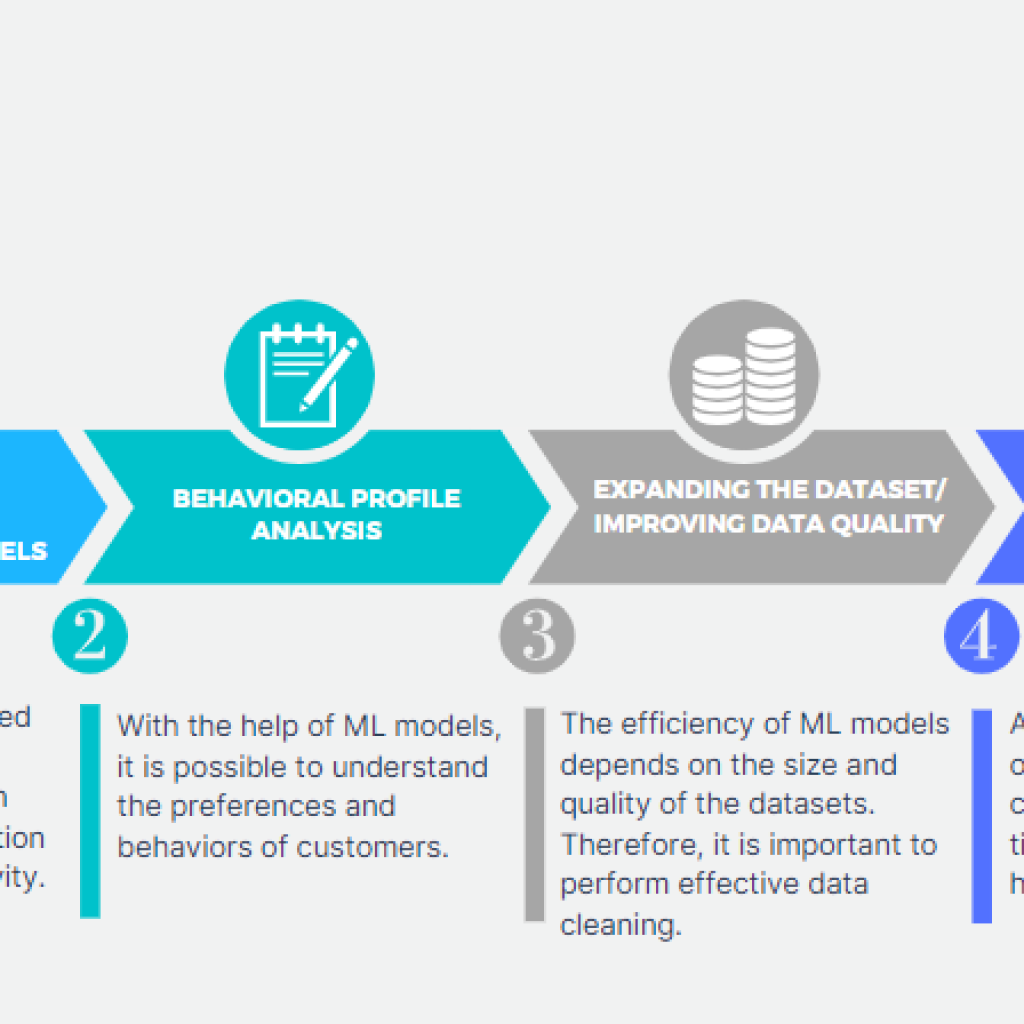China recently marked a significant stride in offshore oil production by unveiling its first-ever smart floating production storage and offloading (FPSO) system. This innovative platform integrates cutting-edge technologies, including artificial intelligence (AI), edge computing, cloud computing, big data, and the internet of things (IoT), through the implementation of AI Digital Twinning technology.
Meanwhile, across the globe, the United States’ oilfield services giant, Halliburton, has joined forces with the Libra Consortium to deploy a digital twin for the Mero pre-salt field in Brazil. This collaborative effort aims to leverage asset sensors, 4D seismic models, and smart completions to offer real-time insights into reservoir, well, and facility operations.
The concept of digital twinning, though not new, has gained momentum in recent years. Digital twins provide virtual replicas of physical assets, utilizing simulation, machine learning, and real-time data to aid decision-making processes. Originating in the 1960s with NASA’s use of physical duplicates for space mission testing, digital twin technology has now become a focal point in the oil and gas sector. A Markets & Markets report predicts that the global Digital Twin market is set to grow exponentially, reaching $48.2 billion annually by 2026, with a staggering 58% compound annual growth rate (CAGR).
AI digital twinning tech in action
Under the overarching theme of rapid adoption, the oil and gas industry is embracing digital twins to enhance operational efficiency, reduce costs, improve reliability, and increase agility. Digital twins offer a secure repository for asset documentation and provide access to critical data points via enabled mobile devices. These data points encompass engineering content, maintenance history, operating parameters, and physical constraints. Notably, a study indicates that digital twins and smart data systems could potentially save up to 15% on total decommissioning project costs for oil and gas operators.
Oil & gas industry’s innovation drive
The oil and gas industry has long been a hub of innovation, driven by the relentless pursuit of improved productivity and performance. Over the past three years, more than 534,000 patents have been filed and granted in the sector. GlobalData’s Technology Foresights outlines the S-curve for the industry, identifying 40+ innovation areas that will shape its future. Robotic drilling machines and digital twins are recognized as disruptive technologies in the early stages of application, likely to experience rapid growth and adoption.
Halliburton takes the lead
Currently, over 40 companies, ranging from established oil and gas giants to technology vendors and start-ups, are actively engaged in the development and application of digital twins. Interestingly, Halliburton stands out as the sole Big Oil company at the forefront of pursuing this transformative technology. The company’s collaboration with the Libra Consortium in Brazil’s Mero pre-salt field is a testament to the industry’s commitment to integrating digital twin solutions for enhanced asset operations planning, reservoir monitoring, and optimization.
As AI Digital Twinning technology continues to redefine the landscape of oil exploration and production, the industry witnesses an era of unprecedented innovation. The collaborative efforts of global players, exemplified by China and Halliburton, underscore the transformative potential of digital twins in optimizing operations, reducing costs, and mitigating uncertainties. With the adoption of digital twins gaining momentum across the sector, one can’t help but wonder: What groundbreaking applications and efficiencies will emerge as AI Digital Twinning technology further integrates into the fabric of oil exploration and production processes?





